
Recreating the Corvette That Never Was
Text and photos by Steve Temple
At the 1954 GM Motorama, held at the Waldorf Astoria in New York, the Corvette Nomad created a sensation. While early Vettes could barely hold a candle to the performance of today’s Stingray, this wagon version nonetheless wowed the crowds as a sporty yet practical concept. So much so that the Nomad was dubbed the Waldorf for stealing the limelight at the Motorama show’s location.
Despite this initial enthusiasm, sales of mid-Fifties Corvette roadsters were so miniscule that a wagonized model could not be justified by GM execs, and the design died on the vine. Besides, the ’55 Nomad built on a sedan eclipsed hopes of any further Corvette versions.
While the Waldorf was merely a shimmering, evanescent vision, Ray Camacho was not one to let it disappear entirely. Drawing on his skills as a shop-school instructor, and his decades of experience in building and modifying Tri-Five Chevys (one of which won Best in Show title at the prestigious Grand National Roadster Show), he created his own hot- rodder’s interpretation of the Nomad.
With help from Hot Rod Fabrications of Auburn, Washington, Camacho began by hacking apart a full-size ’55 Nomad. “About the only piece left of the original car was the roof,” he notes. The rest required fabricating a fiberglass and steel body to the alluring proportions of the diminutive Corvette by channeling and sectioning the sedan body, two and three inches respectively.
While the nose is fiberglass, mounted on a custom subframe, the rest of the body was pounded out by hand from flat steel, right down to the molded exhausts, a distinctive feature of the original concept car. The chassis rides on a ’95 Corvette C5 suspension, and slightly enlarged wheel wells allow for bigger rims. It runs a Ram Jet 350 crate engine, fitted with old-school touches such as a side-draft intake and finned Corvette valve covers, and is backed by a 700-R4 trannie.
All of which makes this Nomad re-creation a solid driver, an actual wanderer that the original concept never realized.

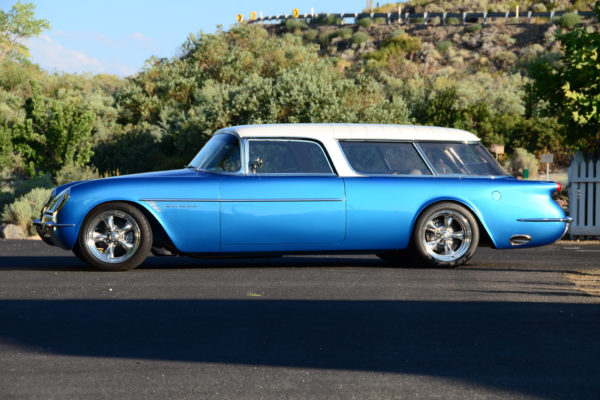
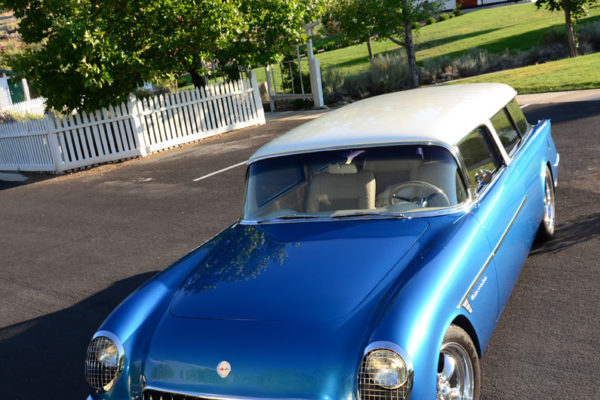
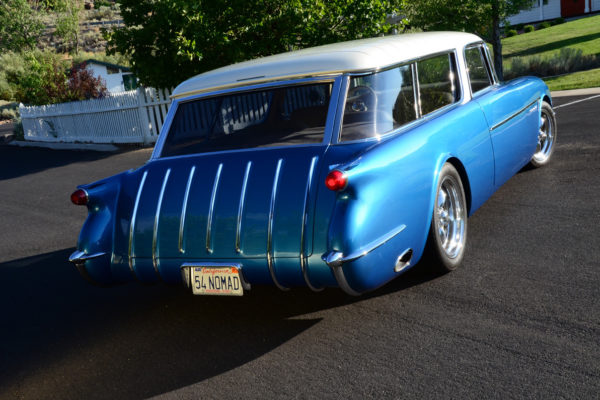
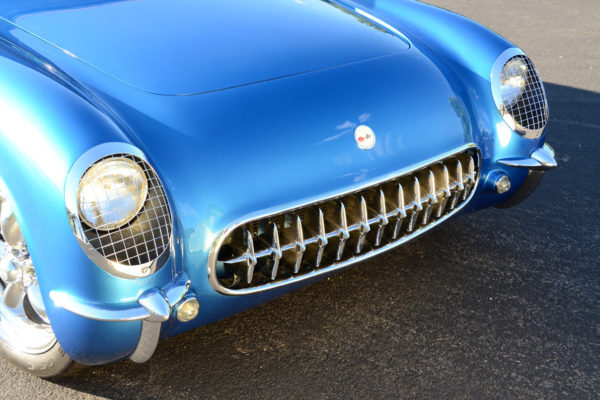
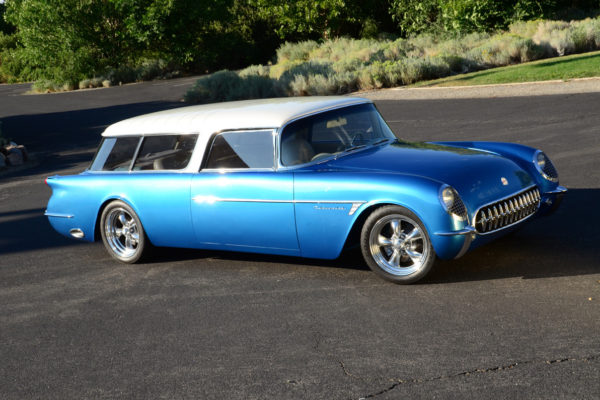
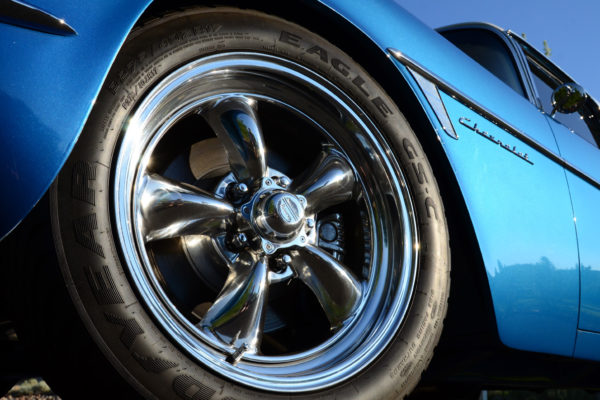
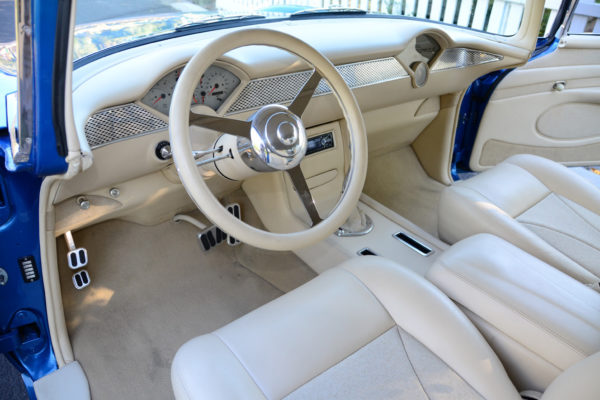
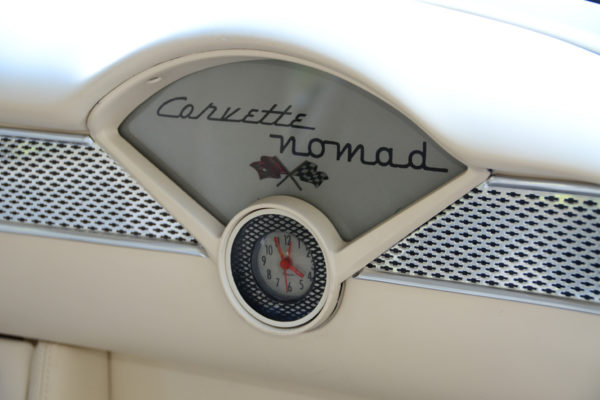
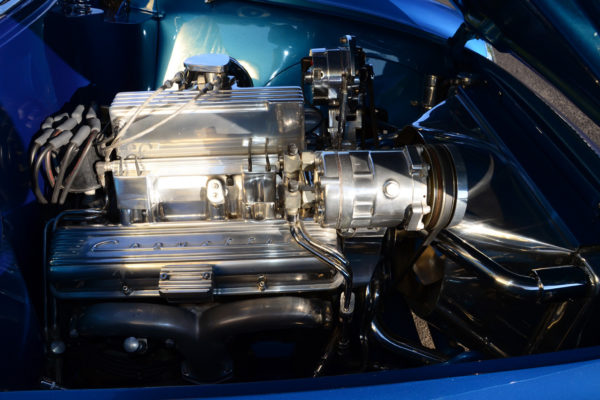

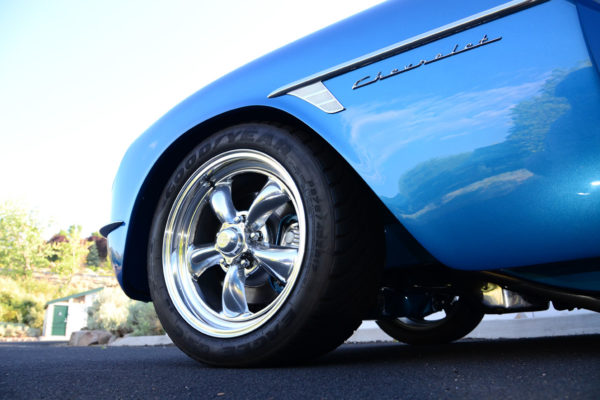
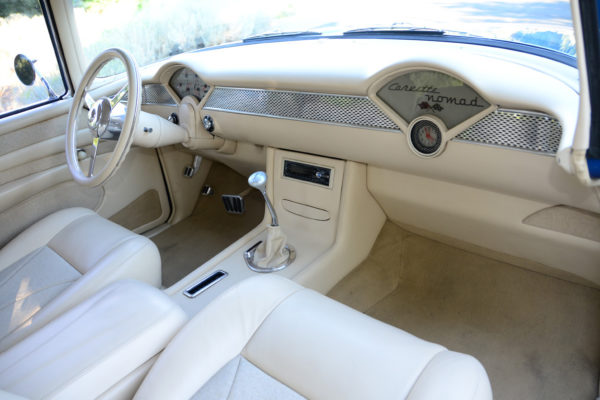
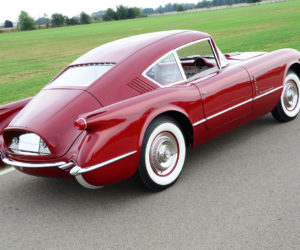
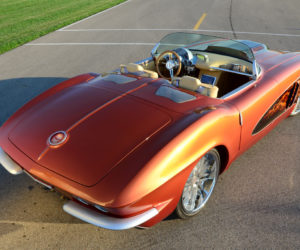
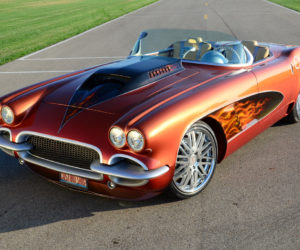

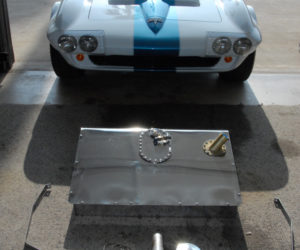
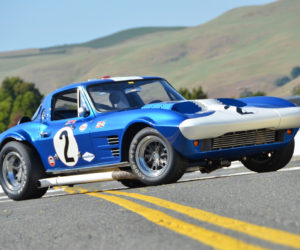




Comments for: THE WANDERER
comments powered by Disqus